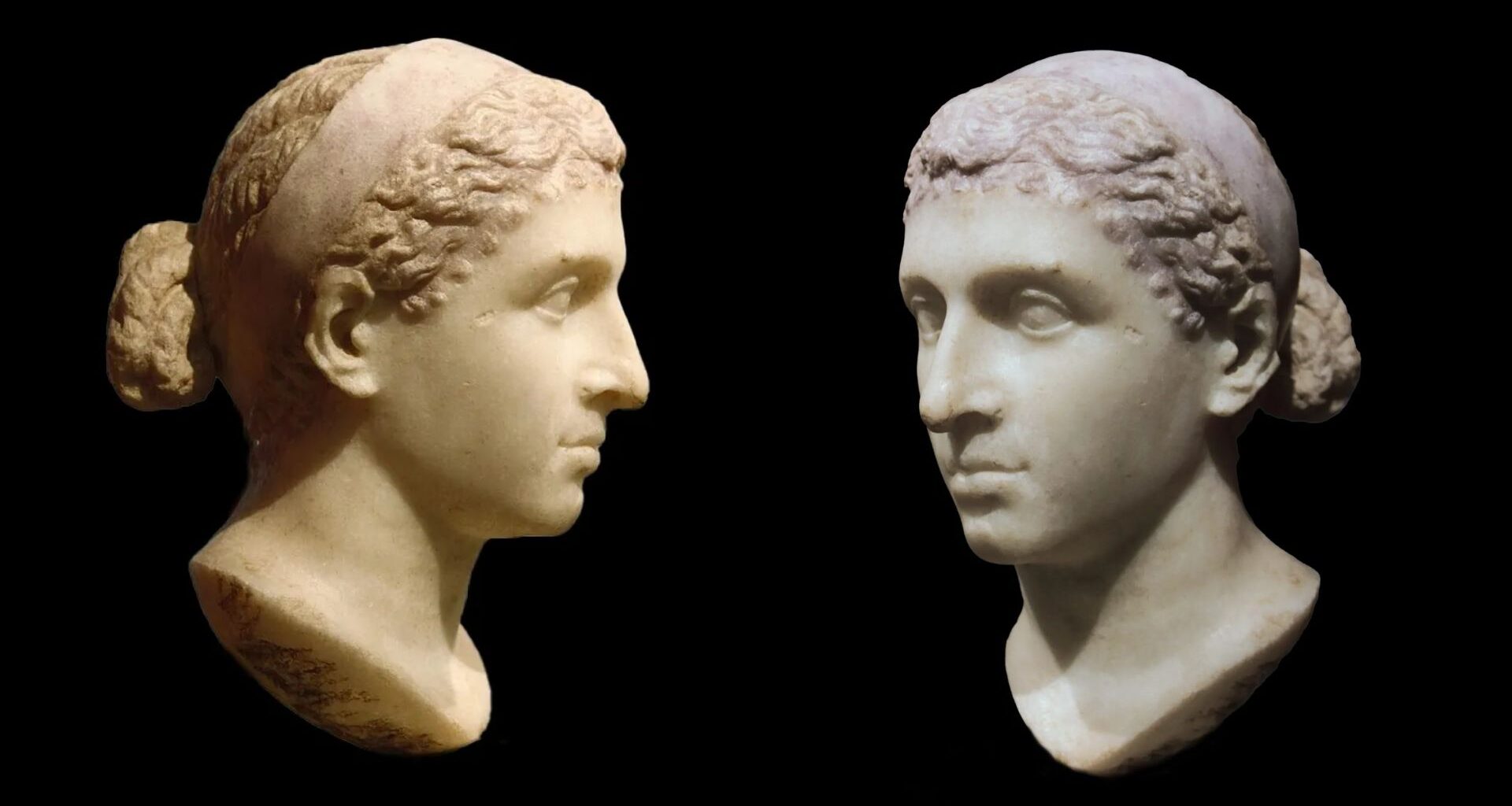A recent archaeological discovery at Egypt’s Taposiris Magna temple could bring researchers one step closer to uncovering the long-lost tomb of Cleopatra VII.
The finding, a small sculpted bust that may depict the last queen of Egypt, has reignited global interest in the decades-long search led by Dominican archaeologist and National Geographic explorer Dr. Kathleen Martínez.
The search for Egypt’s last queen
For nearly 20 years, Martínez has dedicated her work to locating Cleopatra’s burial site, a mystery that has eluded archaeologists for centuries. Her team has been excavating Taposiris Magna, a temple located west of Alexandria, once thought to hold little significance. However, discoveries over the years have suggested otherwise.
Among the most notable finds are hundreds of coins bearing Cleopatra’s image, pottery dating back to her reign, and a bust believed to represent her father. The temple’s foundation deposits also contained a glass plaque confirming it was dedicated to the goddess Isis, the deity Cleopatra identified with during her reign from 51 BCE to 30 BCE.
The most recent discovery, a small head unearthed from the sand, could be particularly significant. The figure’s distinct nose and diadem-like headdress have led Martínez to believe it might portray Cleopatra herself. “There are only seven images of Cleopatra all over the world,” Martínez told IFLScience. “So there’s not really a singular image that’s considered in confirming that it’s her. In this case, we depend on specialists, but we are very optimistic because of the context in which it was discovered.”
If confirmed, this would be only the eighth known depiction of Cleopatra, offering a rare glimpse into how she chose to represent herself as both monarch and divine embodiment of Isis.
Hidden tunnels and sunken structures
The team’s findings at Taposiris Magna extend far beyond the temple grounds. Archaeologists uncovered a vast underground tunnel leading toward the sea, where the Egyptian Ministry of Tourism and Antiquities later confirmed the presence of submerged, human-made structures, the remains of an ancient port.
According to ancient maps, the region once formed a peninsula dotted with small islands. Historical evidence suggests that a powerful earthquake and tsunami struck Alexandria centuries ago, causing much of the land to sink into the Mediterranean. Martínez and her team are now investigating whether the tunnel once connected the temple to one of these islands, and if it could have served as Cleopatra’s secret passage to her final resting place.
“What we were doing the last two years with Dr. Robert Ballard and Dr. Larry Mayer was mapping the structures to identify locations where we can dive,” Martínez explained to IFLScience. “Today it’s open sea, and it’s very hard to dive, conditions are dangerous, and it’s a military zone.”
Mapping the underwater area has allowed the team to pinpoint potential excavation sites. “The magnificent work that Dr. Ballard and Dr. Mayer did was to prepare a map, and from there we now have the coordinates,” Martínez said. “This season that we are planning to start next week is to go with the team and dive, and actually start the excavation.”
A step closer to history
Though confirmation may take time, the discoveries at Taposiris Magna continue to fuel speculation that Cleopatra’s tomb lies nearby. For Martínez, each find, from the coins and pottery to the recently unearthed bust, strengthens the case that this ancient temple complex once played a vital role in the queen’s final days.
Whether the tunnel truly leads to Cleopatra’s resting place remains unknown, but the excavation offers a rare opportunity to revisit one of history’s most enduring mysteries, and possibly bring Egypt’s last queen closer to the surface once more.

